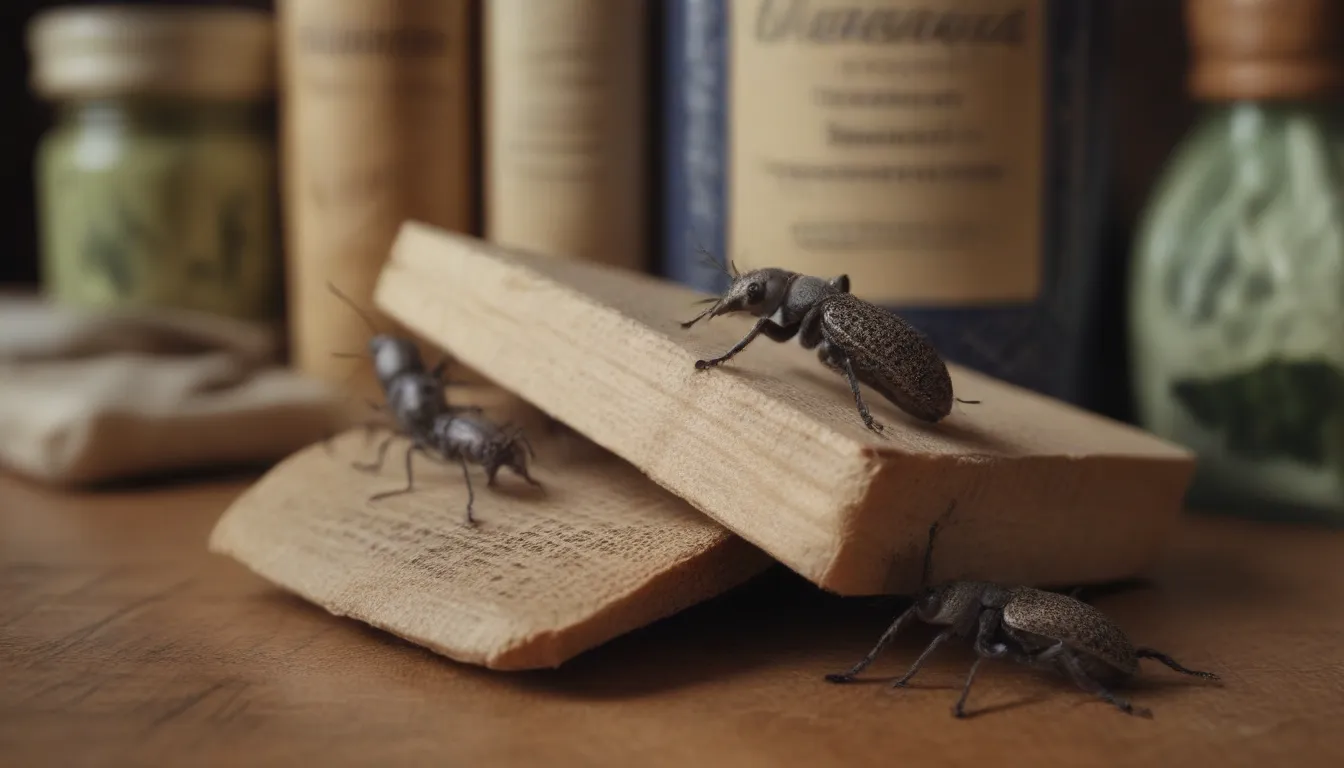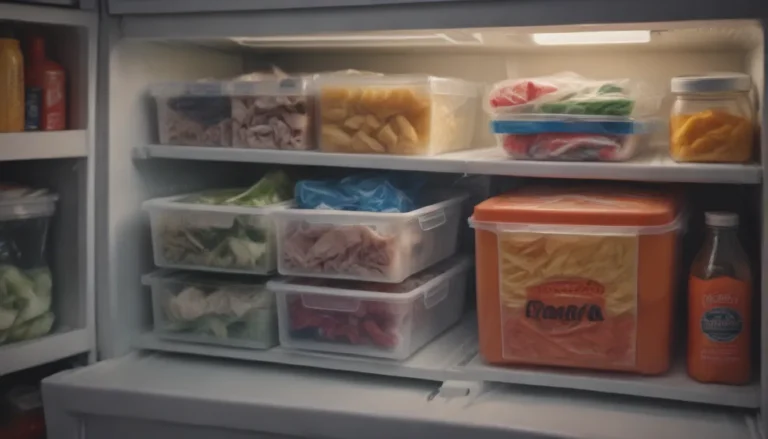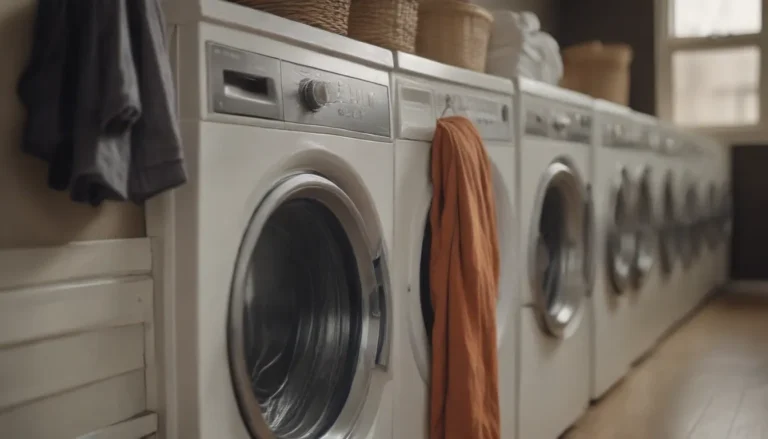Weevil Infestations: How to Keep Your Pantries and Cupboards Bug-Free

When it comes to pests in your kitchen, weevils can be a common nuisance. These tiny insects can be a big problem in your food-storage areas, particularly in items like grains, nuts, and beans. If you’ve ever opened a bag of flour or a box of cereal to find these unwelcome guests, you know how frustrating it can be to deal with an infestation.
But fear not! With a little bit of knowledge and some proactive steps, you can rid your pantries and cupboards of weevils and prevent future infestations. In this comprehensive guide, we’ll cover everything you need to know about weevils, from what they look like to how to prevent them from taking over your food storage areas.
What Do Weevils Look Like?
Weevils are small insects with a distinctive long snout that sets them apart from other bugs. These pantry pests are typically blackish-brown in color and range in size from 1/8 to 3/16 inches long. Due to their size, they can easily go unnoticed until they’ve multiplied into a full-blown infestation.
Types of Weevils Found in Pantries
While there are thousands of species of weevils, there are three common types that you may encounter in your pantry or cupboards:
- Rice weevils (Sitophilus oryzae)
- Granary or wheat weevils (Sitophilus granarius)
- Maize weevils (Sitophilus zeamais)
It’s important to note that these pantry weevils are different from the types that damage outdoor plants and crops. If you spot any of these weevils in your food storage areas, it’s crucial to take immediate action to prevent further infestation.
What Attracts Weevils to Pantries and Cupboards?
Weevils are attracted to food sources, particularly grains and cereals. They may enter your home through cracks and crevices or hitch a ride in infested food products. Areas with spilled food or partially used containers are more prone to infestations, so keeping your storage areas clean and organized is key to preventing weevils.
Signs of a Weevil Infestation
Spotting a weevil infestation can be tricky, as these pests lay eggs inside grains and seeds. Some signs to look out for include:
- Dry and dusty grain products
- Small holes in grains or seeds
- Adult weevils crawling around your pantry
If you suspect a weevil infestation, it’s essential to act quickly to prevent it from spreading.
How to Get Rid of Weevils: 3 Effective Strategies
When it comes to tackling a weevil infestation, there are several simple yet effective strategies you can use:
Throw Away Affected Foods
If you suspect any containers of grain products are infested with weevils, seal them and dispose of them immediately. Don’t forget to check nearby containers, as weevils can quickly spread from one food source to another.
Apply Heat or Cold to Stored Foods
To kill weevils and their eggs, you can heat the affected food to 140 degrees Fahrenheit for at least 15 minutes or freeze it at 0 degrees Fahrenheit or lower for three days. This can help eliminate any lingering pests and prevent them from re-infesting your pantry.
Clean to Eliminate Adult Insects
After discarding infested foods, vacuum and clean your food-storage areas thoroughly. Pay close attention to cracks and crevices where weevils may hide. Make sure to clean any food cans or containers before returning them to your pantry.
How to Prevent Weevils from Invading
Taking proactive steps to prevent weevil infestations is crucial for keeping your pantries and cupboards bug-free. Here are some tips to help you keep these pesky pests at bay:
- Regularly inspect purchased foods for signs of infestation
- Limit storage of partially used grain products and discard old containers
- Freeze newly purchased items for four days to kill any hitchhiking weevils
- Transfer grain products to sealed containers to prevent infestations
By following these simple prevention measures, you can reduce the likelihood of a weevil infestation in your food storage areas.
Warning
Avoid using traditional chemical insecticides on food or food storage areas. Always read and follow label directions for any pest control products, even those labeled as “organic” or “non-toxic.”
When to Seek Professional Help for Weevil Infestations
If your weevil infestation is severe and cannot be controlled using DIY methods, consider calling a pest control company for assistance. Professionals can help identify the source of the infestation and take steps to eradicate the pests from your home.
While weevils are not known to pose health risks to humans, they can be a nuisance in your food storage areas. By staying vigilant and taking proactive measures, you can keep your pantries and cupboards free of these unwanted guests.
In conclusion, weevils can be a common issue in kitchens, but with the right knowledge and proactive steps, you can effectively manage and prevent infestations. By following the tips outlined in this guide, you’ll be well-equipped to keep your food storage areas weevil-free and ensure your pantry remains a safe and pest-free environment.





